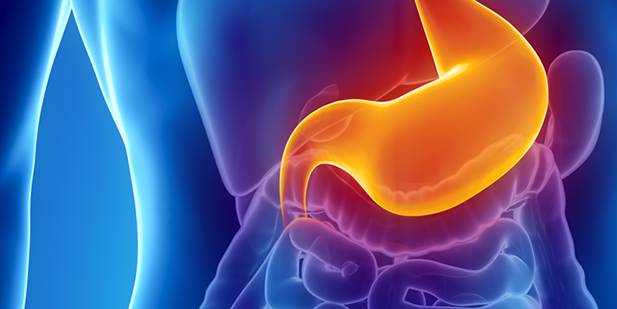Overview of Gastrointestinal Stromal Tumor
Gastrointestinal stromal tumors (GISTs) are a type of tumor that occurs in the digestive
tract, most commonly in the stomach or small intestine. These tumors arise from specialized
cells in the gastrointestinal (GI) tract known as interstitial cells of Cajal, which are part of the
autonomic nervous system and help regulate the motility of the GI tract. Although GISTs are
relatively rare, they can be life-threatening if not diagnosed and treated promptly. They can
vary greatly in size, and while some grow slowly, others can be more aggressive and spread
to other parts of the body. Early detection is key to effective treatment and better patient
outcomes.
Understanding Gastrointestinal Stromal Tumor
GISTs are unique among GI tract tumors due to their origin and molecular characteristics.
They often possess mutations in the KIT gene or, less commonly, in the PDGFRA gene,
leading to uncontrolled cell growth. These mutations are critical for the development of
targeted therapies that have significantly improved the prognosis for many patients. GISTs
can be benign (non-cancerous) or malignant (cancerous), with the latter being more likely to
cause symptoms and complications. The risk factors for GISTs are not well-defined, but they
can occur sporadically or, in rare cases, be inherited. Understanding the biology and
behaviour of GISTs is essential for developing effective treatment strategies.
Early Warning Signs and Symptoms of Gastrointestinal Stromal Tumor
Recognizing the early warning signs of GISTs is crucial for timely diagnosis and treatment.
Symptoms can vary depending on the size and location of the tumor, but some common
early signs include:
Abdominal Pain and Discomfort: Persistent or intermittent pain in the abdomen is one of
the most common symptoms. The pain may be dull or sharp and can be localized or spread
across the abdomen.
Visible or Palpable Mass: In some cases, a mass may be felt in the abdomen during a
physical examination. This mass can be a sign of a larger or more advanced tumor.
Gastrointestinal Bleeding: GISTs can cause bleeding in the GI tract, leading to symptoms
such as black or tarry stools, vomiting blood, or anemia. Chronic bleeding can result in
fatigue and weakness.
Nausea and Vomiting: These symptoms can occur if the tumor obstructs the digestive tract,
preventing the normal passage of food.
Early Satiety and Loss of Appetite: Feeling full quickly after starting a meal and a general loss
of appetite can be indicative of a GIST affecting the stomach or upper intestine.
Seeking Timely Diagnosis
Early diagnosis of GISTs significantly improves the chances of successful treatment and
better outcomes. If you experience any of the symptoms mentioned above, it is essential to
seek medical advice promptly. Here are the key steps involved in diagnosing GISTs:
Medical History and Physical Examination: The doctor will take a detailed medical history
and perform a physical examination to check for any palpable masses or signs of anemia.
Imaging Studies: Imaging techniques such as CT scans, MRI, and PET scans are used to
visualize the tumor and assess its size, location, and spread. These scans provide detailed
images that help in planning further diagnostic procedures and treatment.
Endoscopy: An endoscope, a flexible tube with a camera, is inserted into the GI tract to
directly visualize the tumor. During an endoscopy, a biopsy can be performed to obtain
tissue samples for further analysis.
Biopsy and Histological Examination: A biopsy involves taking a small tissue sample from the
tumor, which is then examined under a microscope. This examination helps confirm the
diagnosis and determine the specific type of tumor.
Molecular Testing: Testing for mutations in the KIT or PDGFRA genes is often performed to
guide treatment decisions, as certain targeted therapies are effective against tumors with
these mutations.
Conclusion
Gastrointestinal stromal tumors, though rare, require prompt recognition and diagnosis to
ensure effective treatment and improve patient outcomes. By understanding the early
warning signs and seeking timely medical advice, individuals can significantly enhance their
chances of successful treatment. Regular check-ups and awareness of symptoms are
essential for early detection. If you experience any persistent or unusual symptoms, consult
a healthcare professional without delay. Early intervention can make a significant difference
in managing GISTs and maintaining overall health. Stay informed, stay vigilant, and prioritize
your health.

Dr. Venkat P Senior Consultant-Surgical Oncology





.png)




